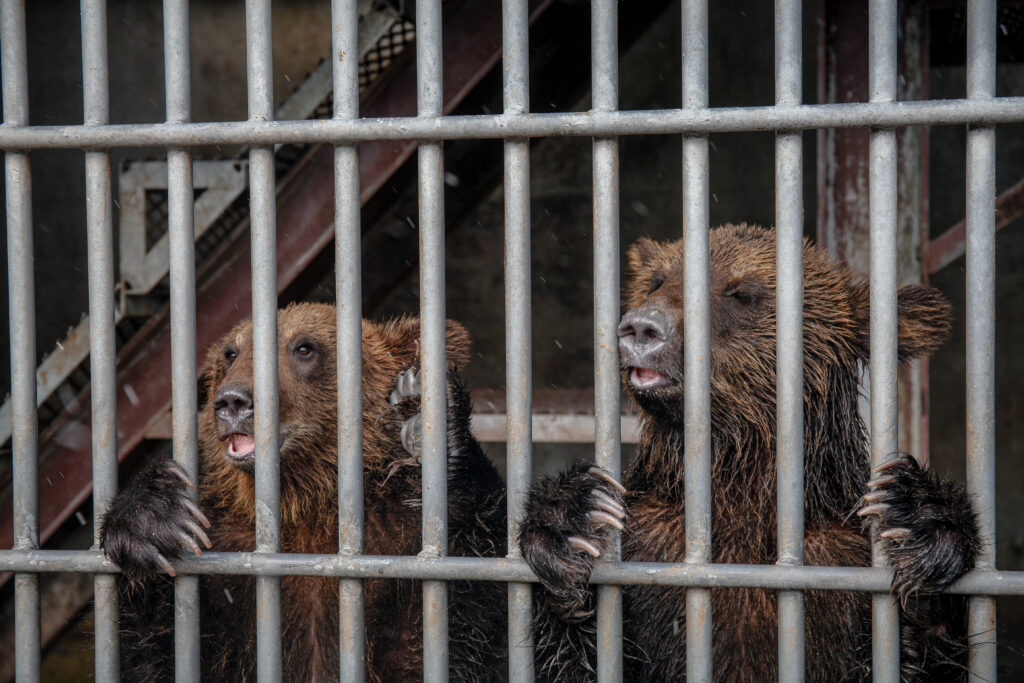Our colleagues Dr Alison Hutchinson and Dr George Iordachescu will present work in progress at the first Green Crimes and Ecojustice Conference organised at Utrecht University on 25th – 26th May.
The Green Crimes and Ecojustice Conference brings together researchers from the disciplines of environmental sociology, environmental law, political ecology, green criminology and conservation studies to reflect and discuss on the environmental challenges and harms we face in the 21st century.
On the first day of the conference Alison will present her paper: ‘From the Sargasso Sea to the River Severn: Reflections on the harms and crimes surrounding the European eel’ as part of a panel chaired by Professor Tanya Wyatt on ‘Poaching and animal abuse’.
Abstract
This paper applies a green criminological and narrative storytelling lens to reflect on the way harms and crimes toward the European eel are conceptualised and responded to. A combination of low-risk and high reward dynamics, blurred boundaries between legal and illegal exploitation, and a limited focus on a wider context of threats makes the European eel vulnerable to significant harms across all life stages, at both the species and individual level. Eco-centric standpoints within green criminology invite us to examine the legally perpetuated harms toward non-human species, so that wildlife and the environment can be considered as victims of harmful behaviour (Nurse and Wyatt, 2020; White, 2013). Following the eels’ migratory route, I have interviewed commercial and recreational fishers, conservationists, and government agencies, and interested parties on both sides of the Atlantic, to reflect on the meaning given to harm surrounding the species. Using photo-voice interviews, I demonstrate how harms become conceptualised by different parties, and how perceptions surrounding the species can play into conservation narratives. These diverging narratives are important as they can impact conservation and policymaking responses. A number of high-profile wildlife crime investigations have meant significant attention is given to the porosity between legal and illegal trade, with an emphasis on fishery specific responses. However, this focus can obscure much more insidious harms produced by legal activities. Issues around pollution, habitat loss, and hydropower development are each brought to the fore within the photo-voice narratives. I suggest that it is these structural issues that need to be addressed to effectively tackle the numerous pressures the species face and for the overall prevention of harm.

George will be presenting his paper ‘Green-collar crime and brown bear trafficking in Europe’ as part of a panel ‘Illegal Wildlife Trade’ on the 26th.
Abstract
Europe’s role in the illegal wildlife trade (IWT) as a source, transit and demand region is starting to be better acknowledged. Still, there is an acute need to understand how species-specific crimes and harms are perpetuated. One way to analyse this phenomenon’s dynamics and drivers is to explore how legal and illegal trade can be interwoven. This paper integrates political ecology and its long-standing interest in deconstructing power dynamics with green criminology’s preoccupation for illuminating the distribution of environmental harms. European illegal wildlife trades are explored as green-collar crimes, which are environmental crimes committed by legally registered companies involved in illegal activities or which use their infrastructure to facilitate the illicit trade in wildlife. It further argues that deploying the analytical toolkit from green-collar crime can enable the accurate identification of the drivers of IWT and analysis of the complex, yet hidden, role of business actors who may knowingly, or unknowingly facilitate and sustain IWT. The paper will take brown bear trafficking within Europe as a starting point to investigate how environmental harms are produced as green-collar crimes at the intersection of power, elite consumption and wildlife conservation by a range of complex actors. Empirically rich, the paper unpacks the role of sport-hunting companies, zoos and ecotourism operators in enacting harms by exploiting legal discontents. The paper is based on over six months of field research in Slovakia, Romania, Hungary and Brussels, including expert interviews with stakeholders working across brown bear conservation and management sectors. This contribution is timely and theoretically resolute, as approaching IWT through the lens of green-collar crime can enhance the focus of policy and enforcement initiatives by examining overlooked actors in IWT in Europe.

The entire conference programme can be accessed here.
Registration for the conference is free. You can register by emailing greencrimesconference@uu.nl.
